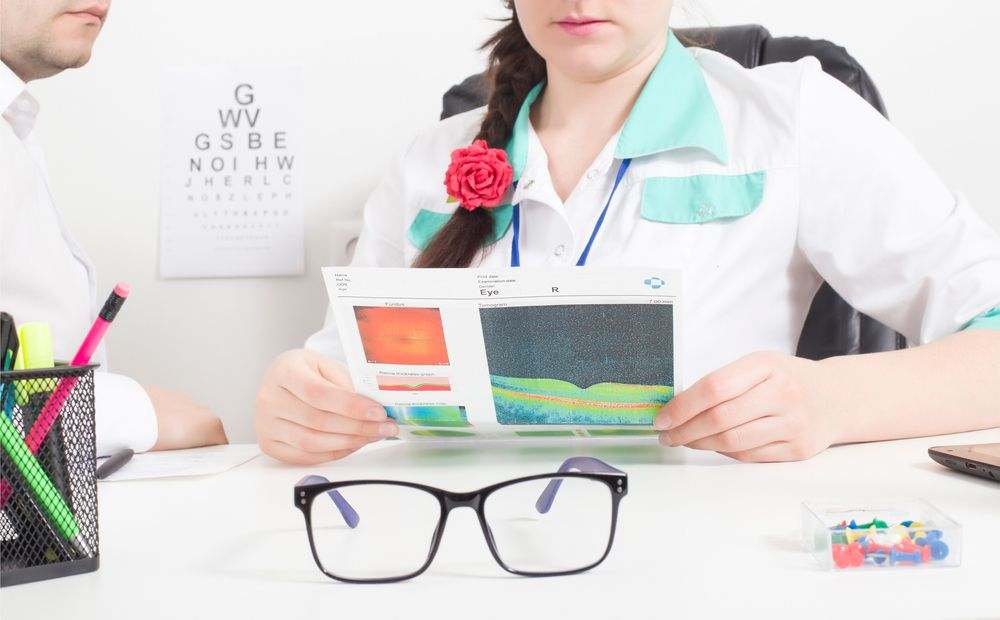Degenerative Myopia Symptoms

A bit rare but the severe form that normally degenerative myopia starts in early childhood. This kind is serious because it harms the retina and is a rising reason for legal blindness.
It might get worse. Significantly while growth spurts of the teen years and pre-teen, when the body quickly grows, myopia might get severe. At the age of 20, myopia levels off usually. It also occurs for adults to be diagnosed with myopia. When this occurs, it is typically because of visual stress or a disease such as cataracts or diabetes. Visual stress might happen by spending a lot of time doing activities that are close-up such as doing work on the computer or reading. Eye specialists think that your focusing muscles might become stuck in near gear from excessive use of them in that way.
If you are an adult facing sudden nearsightedness, flashes of shadows or light, floaters (kind of like spots floating in your vision field), and sight loss suddenly in one eye. Contact or visit an eye care provider to rule out more severe health conditions immediately. If you are experiencing nearsightedness, you will face problems while reading signboards while driving and looking at objects that are distant clearly but will be able to look well for tasks that are close-up such as computer use and reading. Other symptoms and signs of myopia consist of eye strain, squinting, and headaches. Feeling fatigued while playing sports or driving also might be a symptom of uncorrected myopia.
If you are experiencing such symptoms or signs while wearing contact lenses or glasses, schedule an eye examination with your ophthalmologist or optometrist to see if you require a strong prescription. Many people know that they are experiencing myopia because their vision gets worse noticeably and they begin having troubles while making out images or reading that is quite away. In a few cases, because vision might slowly get worse by the time, it might be tough to notice that nearsightedness has been required and develops correction. It is only after the ability to see becomes worse enough might lead to headaches and other serious problems that people might head to their healthcare providers finally for help.
The most occurring symptoms of myopia consist of:
- Not having difficulty with close-up tasks such as using a phone, reading, or working on your computer. If you are struggling to look at images that are near to you, this is a symptom of farsightedness
- Having a tough time looking at objects that are distant clearly but being capable to look at close-up images
- The symptoms of eye strain, consisting headaches, squinting, redness of the eye, pain near your forehead or eyes, dry eyes, burning sensations, and increased sensitivity to light
- Problem while reading text is quite a way, consisting of road signs. Students may also notice they cannot make out words that are written on white/chalkboards
- Sensations like your eyes are fatigued, tired, or overworked. This is likely to occur when reading text that is distant on extended time, when playing sports or when driving that needs you to look at distant objects
Myopia mostly begins in your early childhood or the early teenage years. By early adulthood, which means in one’s 20s, vision stabilizes normally and does not get worse. Therefore, for few people, visual problems might lead to progress, significantly into older age as vision and eye health tends to suffer. While having high myopia, particularly serious conditions affecting the retina might form such as retinal detachment, cataracts (clouding into the lens of the eye), and glaucoma (a situation that leads to harm to the optic nerve). (2)
